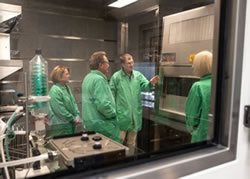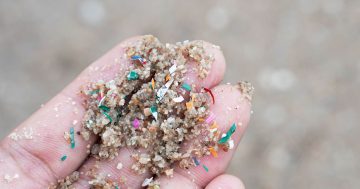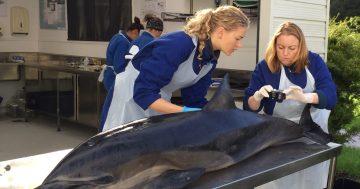 One of the world’s first plastics contamination laboratories at the University of Queensland (UQ) has begun testing blood and tissues for ways to detect nanoplastics in the human body.
One of the world’s first plastics contamination laboratories at the University of Queensland (UQ) has begun testing blood and tissues for ways to detect nanoplastics in the human body.
UQ said its partnership with the Minderoo Foundation would enable world-leading research using state-of-the-art equipment and specific techniques to measure nanoplastics in samples.
Chair of the Minderoo Foundation, Andrew Forrest said researchers had previously been unable to measure plastic particles accurately at this scale to determine whether fragmented plastics and plastic-associated chemicals posed a human health risk.
“As plastics are found everywhere – even in the lab – we joined forces with UQ to undertake the ambitious project of designing and building a lab with some of the lowest plastic contamination in the world,” Dr Forrest said.
He said the lab was built almost entirely out of welded stainless steel and researchers wore 100 per cent cotton scrubs to minimise fibre shedding.
Director of the Queensland Alliance for Environmental Health Sciences at UQ, Kevin Thomas said researchers measured the mass of very small concentrations of different molecules within a sample, to conclusively detect and measure plastics in human tissue and fluids.
Professor Thomas said researchers were yet to understand whether nanoplastic particles and plastics smaller than 10 micrometres stayed in the body, rather than passing safely through the gut.
“We know that humans are exposed to plastics daily, but we don’t know if nanoplastics are in our urine, body and brain and if they do harm,” Professor Thomas said.
The UQ-Minderoo research team expects to release their first findings by the end of this year.




